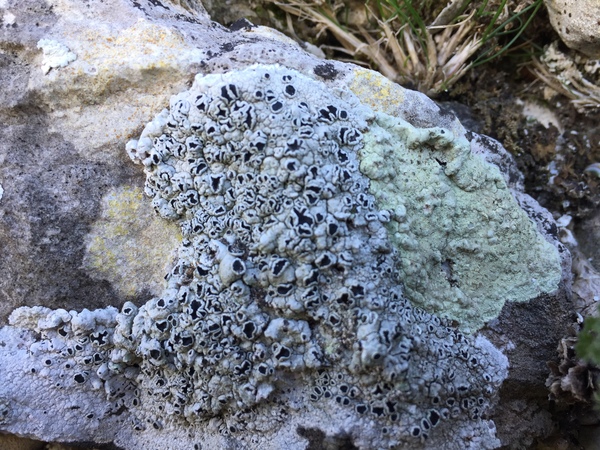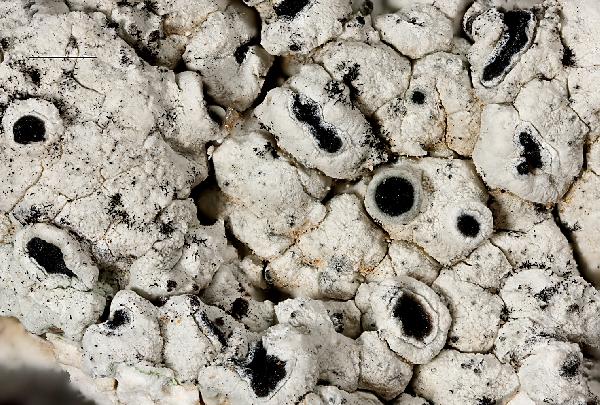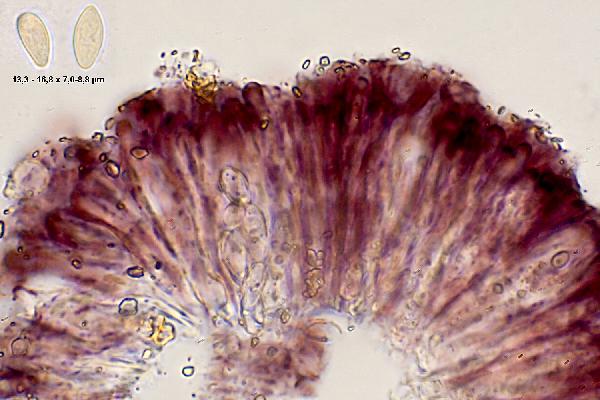Tephromela atra var. calcarea (Jatta) Clauzade & Cl. Roux
Bull. Soc. Bot. Centre-Ouest, n. sér., nr. spéc. 7: 829, 1985. Basionym: Lecanora atra var. calcarea Jatta - N. Giorn. Bot. Ital., 12: 218, 1880.
Synonyms: Lecanora atra f. pachythallina Th. Fr.; Lecanora atra var. discolor Schaer.; Lecanora cypria Körb.; Tephromela atra var. cypria (Körb.) Nimis; Tephromela cypria (Körb.) Hafellner
Distribution: N - Emil (Fariselli & al. 2020), Lig (Giordani & al. 2025). C - Tosc (Muggia & al. 2006, 2008), Marc (Nimis & Tretiach 1999), Umb (Nimis & Tretiach 1999, Ravera & al. 2006), Abr (Nimis & Tretiach 1999 Muggia & al. 2008), Laz (TSB 7885), Mol (Nimis & Tretiach 1999, Caporale & al. 2008), Sar (Muggia & al. 2008, Rizzi & al. 2011). S - Camp (Aprile & al. 2003b, Nimis & Tretiach 2004), Pugl (Nimis & Tretiach 1999 Muggia & al. 2008, Gianfreda & Matino 2020), Bas (Nimis & Tretiach 1999), Cal (Puntillo 1996), Si (Nimis & al. 1994, Ottonello & Salone 1994, Ottonello 1996, Muggia & al. 2008).
Description: Thallus crustose, chalky white, irregularly cracked to verrucose areolate, up to 4 mm thick, sometimes delimited by a dark prothallus, individual thalli usually forming more or less orbicular to c. 6 cm wide patches, sometimes coalescing to cover larger areas. Cortex unpigmented, 15-30 µm thick, overlain by an epinecral layer; medulla chalky white, very thick, filled by crystals of calcium oxalates, I-. Apothecia lecanorine, black, usually constricted at base, round or irregular, 1-4 mm across, with a black, concave to flat, often shiny disc and a thick, white, often flexuose thalline margin. Proper exciple thin, colourless throughout; epithecium dark violet-red, I+ blue, N+ red; hymenium violet-red, sometimes colourless in lower part only; paraphyses strongly coherent, simple or sparingly branched, the apices not swollen, but with a pigmented cap; hypothecium brown. Asci 8-spored, clavate to cylindrical-clavate, the apical dome K/I+ dark blue with a pale, conical-pointed apical cushion (axial mass), the wall I-, but the thin outer gel I+ blue, Bacidia-type. Ascospores 1-celled, hyaline, ellipsoid, 10-15 x 5-8 µm. Pycnidia immersed, the wall green around the ostiole, otherwise colourless, the conidiogenous cells in chains. Conidia cylindrical to thread-like, 12-21(-24) x 1-1.5 µm. Photobiont chlorococcoid. Spot tests: cortex: K+ yellow, C-, KC- or KC+ weakly yellow, P-; medulla K-, C-, KC-, P-, UV+ white. Chemistry: cortex with atranorin, medulla with ±α-collatolic and alectoronic acids (major or minor). Note: on calciferous rocks wetted by rain, mostly in upland areas. Calcicolous specimens are common in Southern Italy, rarer in Northern Italy, and perhaps deserve to be treated at the rank of a mere forma, as molecular data do not confirm a separation from silicicolous species. For further details see Muggia & al. (2008).
Growth form: Crustose
Substrata: rocks
Photobiont: green algae other than Trentepohlia
Reproductive strategy: mainly sexual
Commonnes-rarity: (info)
Alpine belt: absent
Subalpine belt: absent
Oromediterranean belt: absent
Montane belt: very rare
Submediterranean belt: rather rare
Padanian area: absent
Humid submediterranean belt: rather common
Humid mediterranean belt: common
Dry mediterranean belt: rather rare
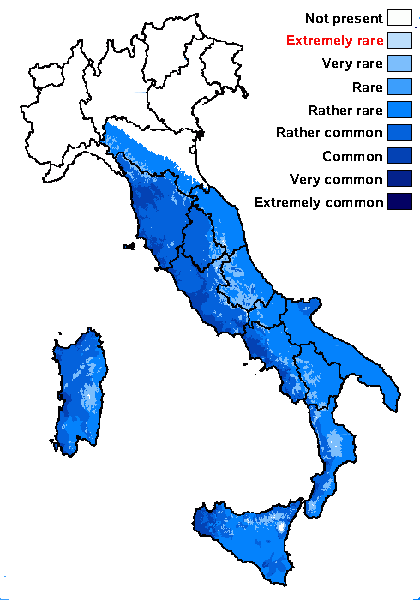
Predictive model
Herbarium samples
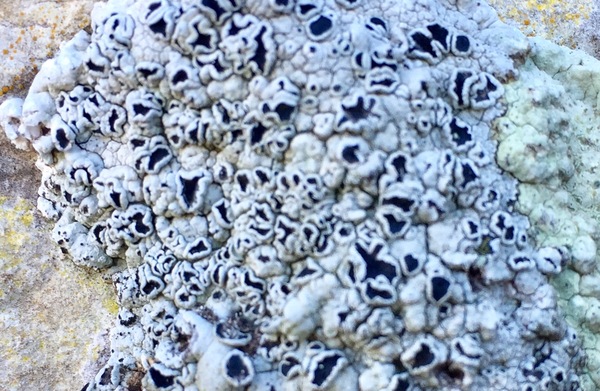

Pier Luigi Nimis; Owner: Department of Life Sciences, University of Trieste
Italy, Sicily, Trapani, Erice, walls of the Castle
12/2016
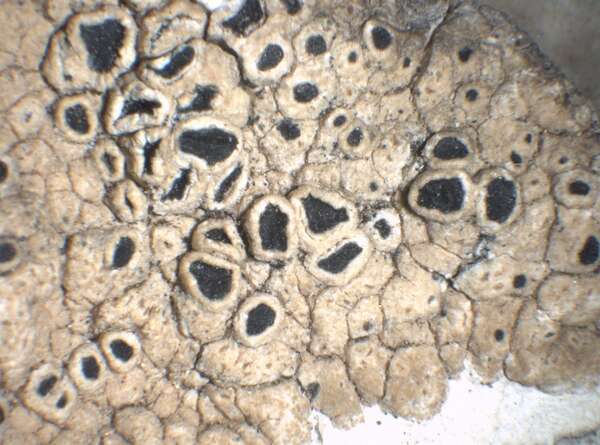

P.L. Nimis; Owner: Department of Life Sciences, University of Trieste
Herbarium: TSB (11559)
2003/03/17


P.L. Nimis; Owner: Department of Life Sciences, University of Trieste
Herbarium: TSB (13782)
2003/03/17


A. Moro; Owner: Department of Life Sciences, University of Trieste
Sicilia, TP, Erice, dintorni della città
2008.04.05
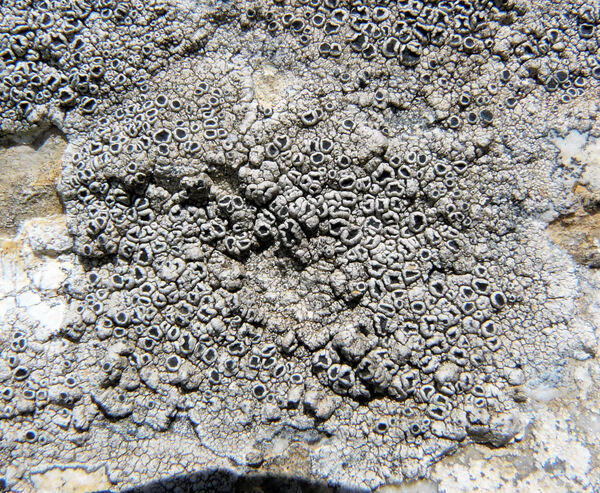

A. Moro; Owner: Department of Life Sciences, University of Trieste
Sicilia, TP, Erice, dintorni della città
2008.04.05
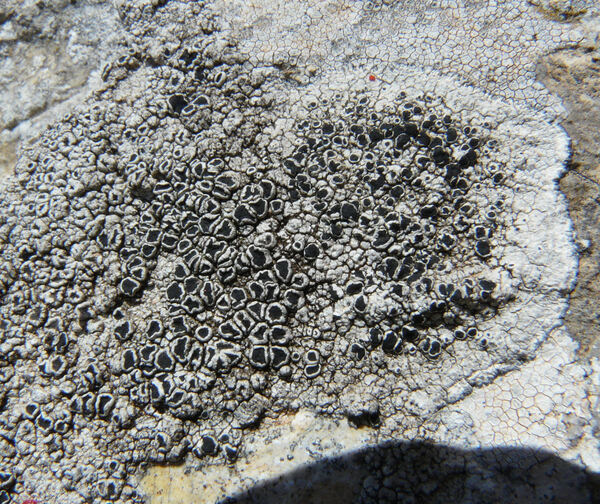

A. Moro; Owner: Department of Life Sciences, University of Trieste
Sicilia, TP, Erice, dintorni della città
2008.04.05
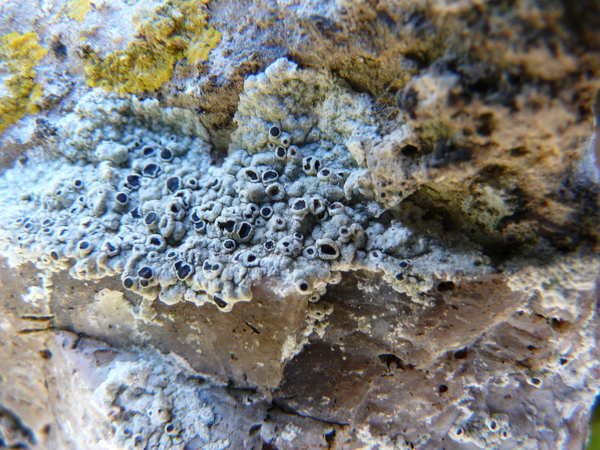

A. Moro; Owner: Department of Life Sciences, University of Trieste
Sicilia, TP, Erice, dintorni della città
2008.04.05
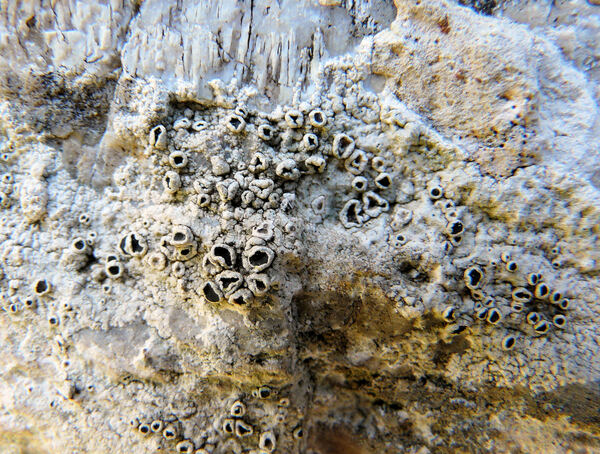

A. Moro; Owner: Department of Life Sciences, University of Trieste
Sicilia, TP, Erice, dintorni della città
2008.04.05
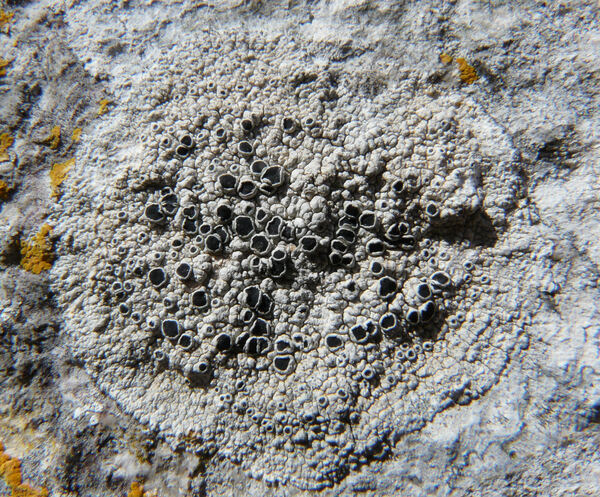

A. Moro; Owner: Department of Life Sciences, University of Trieste
Sicilia, TP, Erice, dintorni della città
2008.04.05
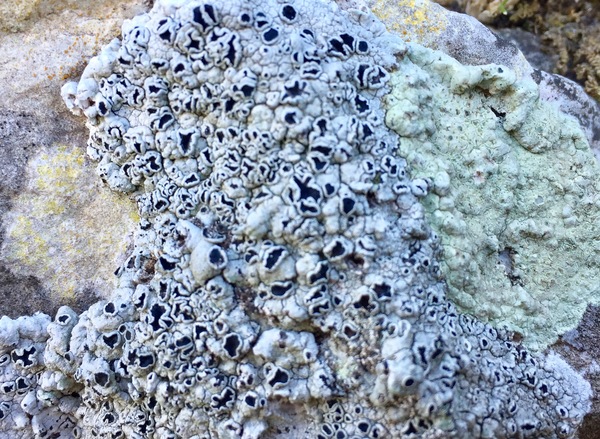

Pier Luigi Nimis; Owner: Department of Life Sciences, University of Trieste
Italy, Sicily, Trapani, Erice, walls of the Castle
12/2016
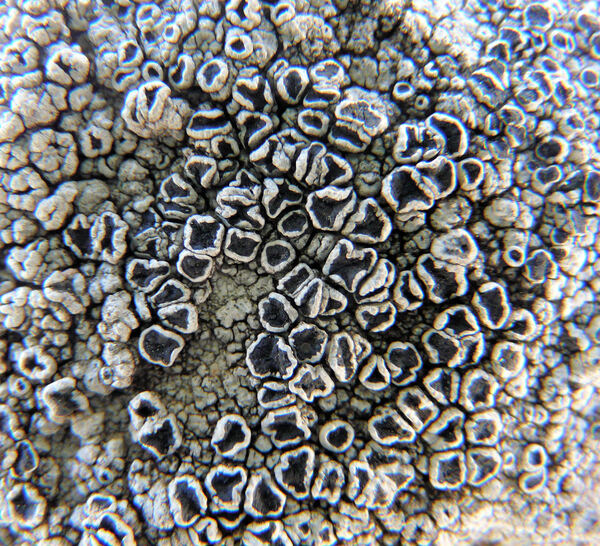

A. Moro; Owner: Department of Life Sciences, University of Trieste
Sicilia, TP, Erice, dintorni della città
2008.04.05
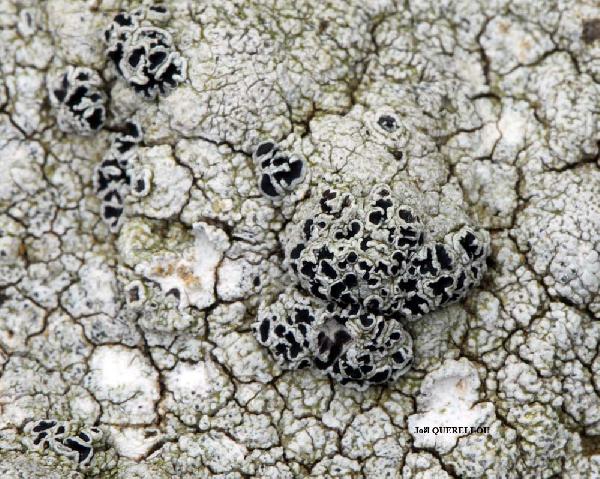
Joël Querellou - Source: http://www.lichensmaritimes.org/index.php?task=fiche&lichen=636&lang=en
France, L'Aber
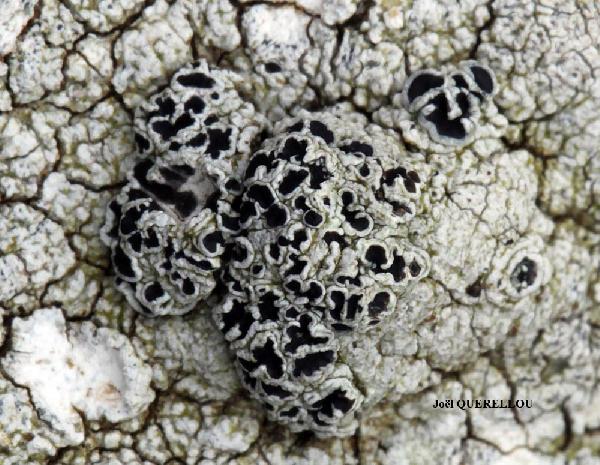
Joël Querellou - Source: http://www.lichensmaritimes.org/index.php?task=fiche&lichen=636&lang=en
France, L'Aber
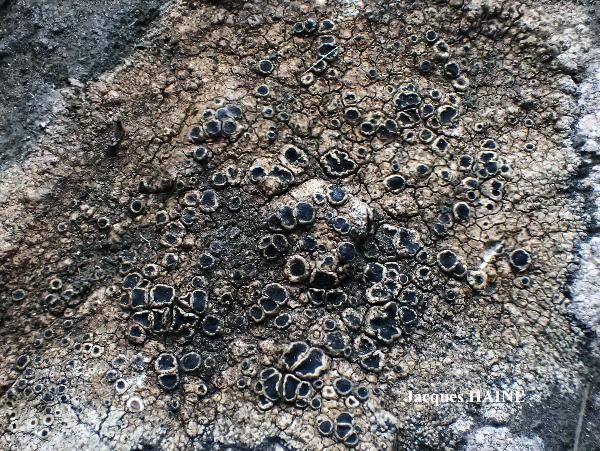
Jacques Haine - Source: http://www.lichensmaritimes.org/index.php?task=fiche&lichen=636&lang=en
France, Pointe de l'Armorique
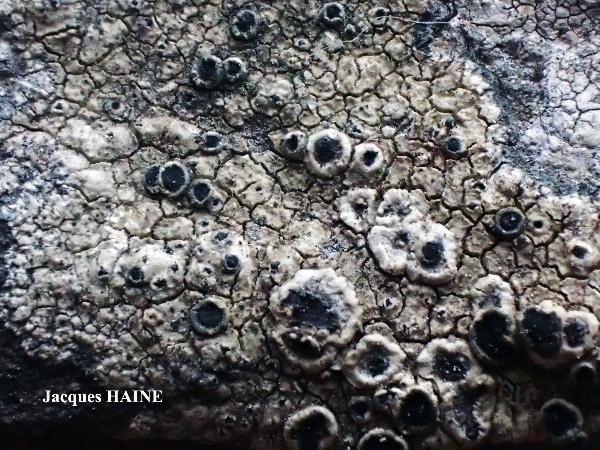
Jacques Haine - Source: http://www.lichensmaritimes.org/index.php?task=fiche&lichen=636&lang=en
France, Pointe de l'Armorique
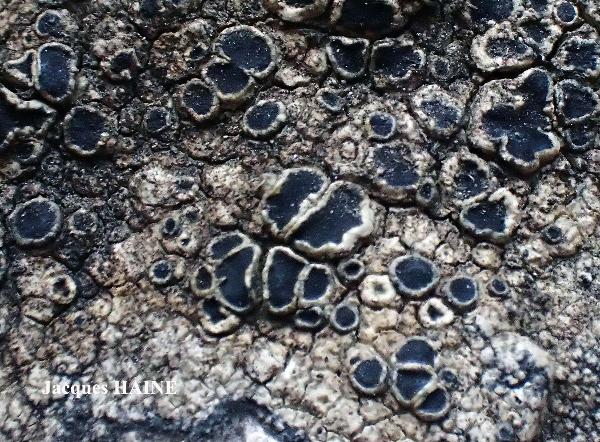
Jacques Haine - Source: http://www.lichensmaritimes.org/index.php?task=fiche&lichen=636&lang=en
France, Pointe de l'Armorique

Jacques Haine - Source: http://www.lichensmaritimes.org/index.php?task=fiche&lichen=636&lang=en
France, Pointe de l'Armorique
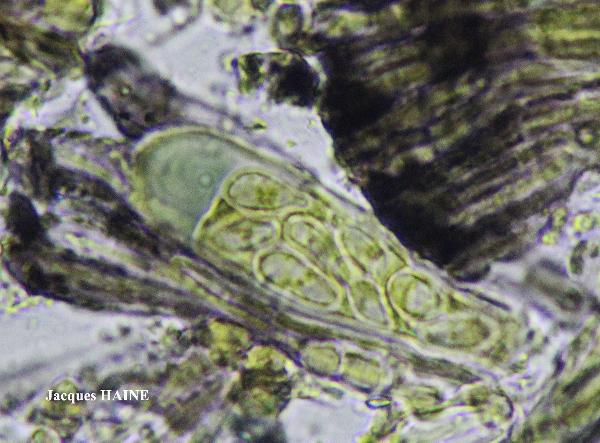
Jacques Haine - Source: http://www.lichensmaritimes.org/index.php?task=fiche&lichen=636&lang=en
France, Pointe de l'Armorique

Jacques Haine - Source: http://www.lichensmaritimes.org/index.php?task=fiche&lichen=636&lang=en
France, Pointe de l'Armorique
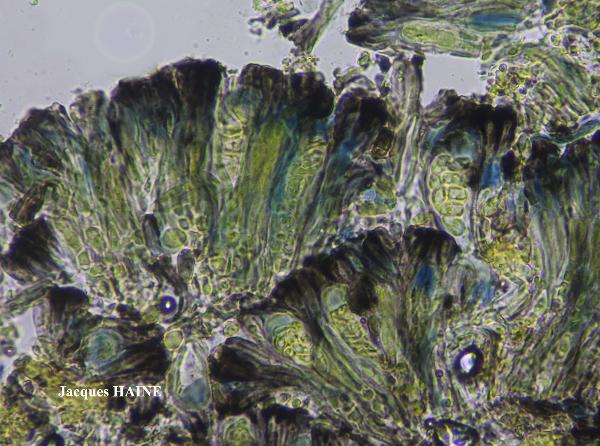
Jacques Haine - Source: http://www.lichensmaritimes.org/index.php?task=fiche&lichen=636&lang=en
France, Pointe de l'Armorique

Jacques Haine - Source: http://www.lichensmaritimes.org/index.php?task=fiche&lichen=636&lang=en
France, Pointe de l'Armorique
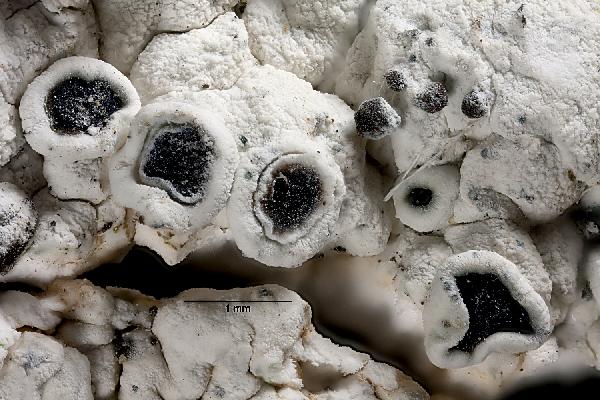
Ulrich Kirschbaum CC BY-SA 4.0 - Source: https://www.thm.de/lse/ulrich-kirschbaum/flechtenbilder
On limestone.
SE-Europe; N-Cyprus; SW of Girne; Beşparmak Mountains; St. Hilarion Castle
Growth form: Crustose
Substrata: rocks
Photobiont: green algae other than Trentepohlia
Reproductive strategy: mainly sexual
Commonnes-rarity: (info)
Alpine belt: absent
Subalpine belt: absent
Oromediterranean belt: absent
Montane belt: very rare
Submediterranean belt: rather rare
Padanian area: absent
Humid submediterranean belt: rather common
Humid mediterranean belt: common
Dry mediterranean belt: rather rare

Predictive model
| Herbarium samples |


Pier Luigi Nimis; Owner: Department of Life Sciences, University of Trieste
Italy, Sicily, Trapani, Erice, walls of the Castle
12/2016


P.L. Nimis; Owner: Department of Life Sciences, University of Trieste
Herbarium: TSB (11559)
2003/03/17


P.L. Nimis; Owner: Department of Life Sciences, University of Trieste
Herbarium: TSB (13782)
2003/03/17


A. Moro; Owner: Department of Life Sciences, University of Trieste
Sicilia, TP, Erice, dintorni della città
2008.04.05


A. Moro; Owner: Department of Life Sciences, University of Trieste
Sicilia, TP, Erice, dintorni della città
2008.04.05


A. Moro; Owner: Department of Life Sciences, University of Trieste
Sicilia, TP, Erice, dintorni della città
2008.04.05


A. Moro; Owner: Department of Life Sciences, University of Trieste
Sicilia, TP, Erice, dintorni della città
2008.04.05


A. Moro; Owner: Department of Life Sciences, University of Trieste
Sicilia, TP, Erice, dintorni della città
2008.04.05


A. Moro; Owner: Department of Life Sciences, University of Trieste
Sicilia, TP, Erice, dintorni della città
2008.04.05


Pier Luigi Nimis; Owner: Department of Life Sciences, University of Trieste
Italy, Sicily, Trapani, Erice, walls of the Castle
12/2016


A. Moro; Owner: Department of Life Sciences, University of Trieste
Sicilia, TP, Erice, dintorni della città
2008.04.05

Joël Querellou - Source: http://www.lichensmaritimes.org/index.php?task=fiche&lichen=636&lang=en
France, L'Aber

Joël Querellou - Source: http://www.lichensmaritimes.org/index.php?task=fiche&lichen=636&lang=en
France, L'Aber

Jacques Haine - Source: http://www.lichensmaritimes.org/index.php?task=fiche&lichen=636&lang=en
France, Pointe de l'Armorique

Jacques Haine - Source: http://www.lichensmaritimes.org/index.php?task=fiche&lichen=636&lang=en
France, Pointe de l'Armorique

Jacques Haine - Source: http://www.lichensmaritimes.org/index.php?task=fiche&lichen=636&lang=en
France, Pointe de l'Armorique

Jacques Haine - Source: http://www.lichensmaritimes.org/index.php?task=fiche&lichen=636&lang=en
France, Pointe de l'Armorique

Jacques Haine - Source: http://www.lichensmaritimes.org/index.php?task=fiche&lichen=636&lang=en
France, Pointe de l'Armorique

Jacques Haine - Source: http://www.lichensmaritimes.org/index.php?task=fiche&lichen=636&lang=en
France, Pointe de l'Armorique

Jacques Haine - Source: http://www.lichensmaritimes.org/index.php?task=fiche&lichen=636&lang=en
France, Pointe de l'Armorique

Jacques Haine - Source: http://www.lichensmaritimes.org/index.php?task=fiche&lichen=636&lang=en
France, Pointe de l'Armorique

 INDEX FUNGORUM
INDEX FUNGORUM
 GBIF
GBIF
